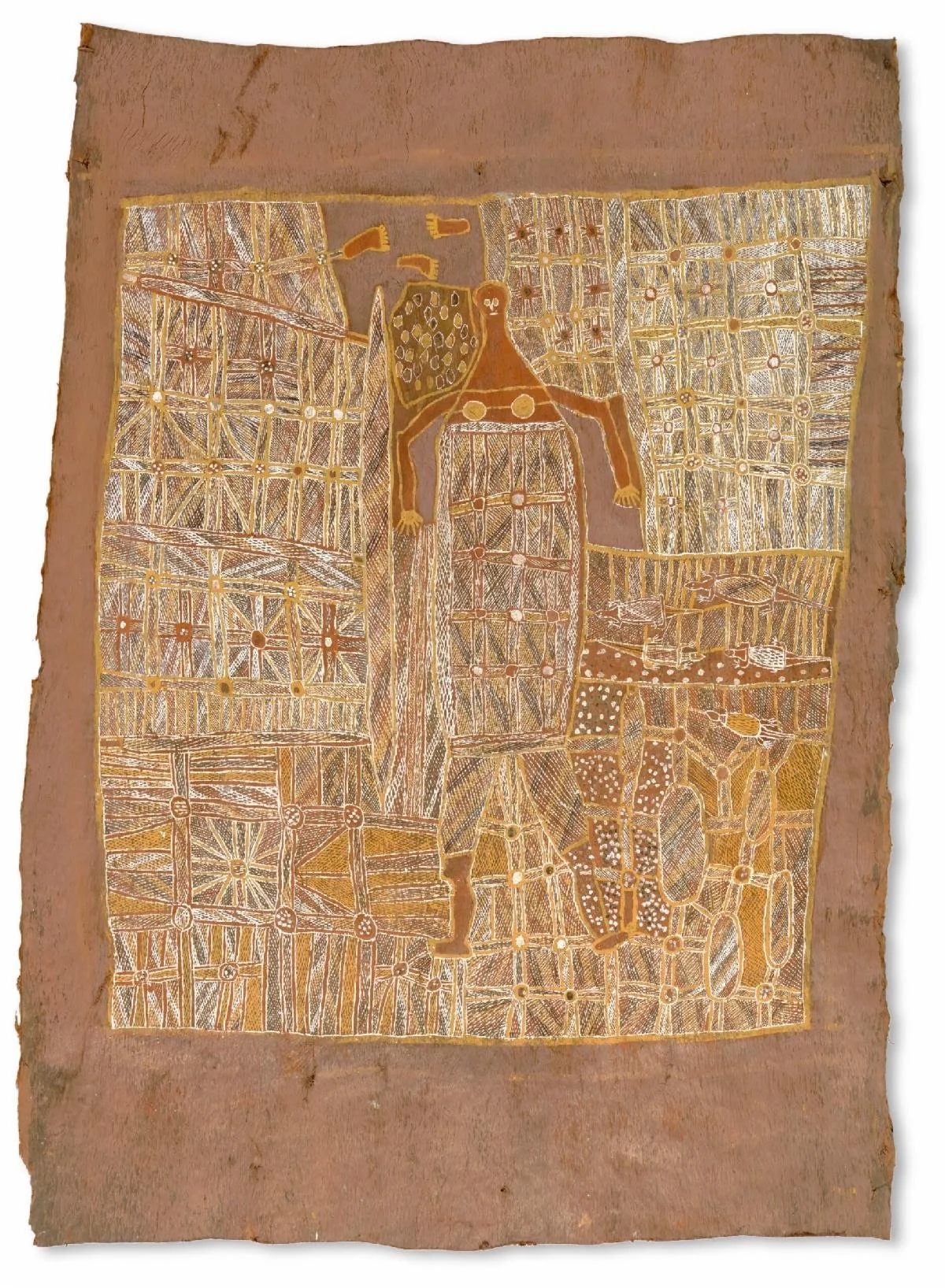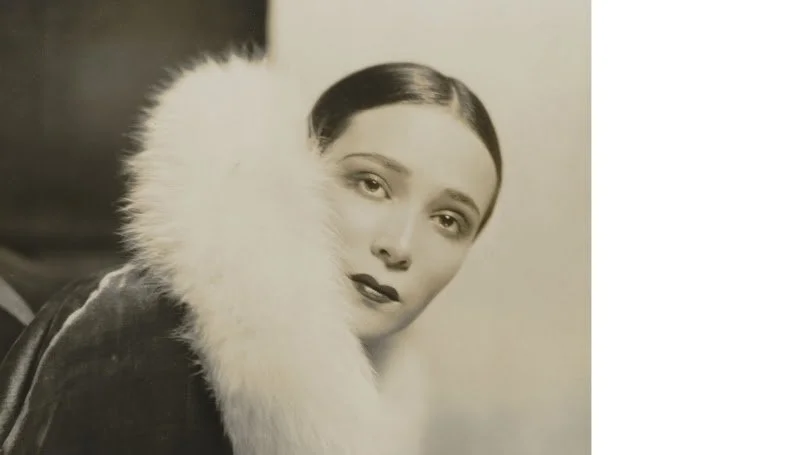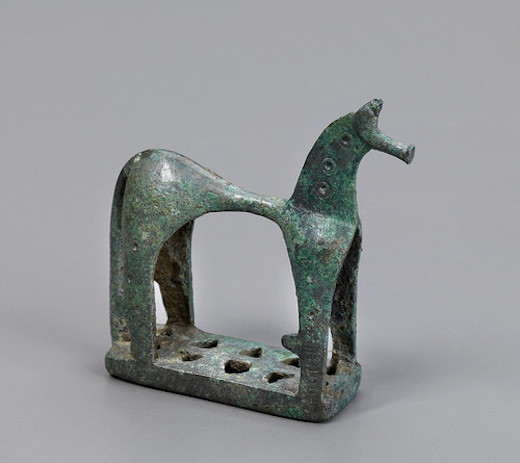
‘Gather, Move, Resonate’
At the show “Gather, Move, Resonate,’’ by Nick Cave and Jeffrey Gibson, at the Hood Museum of Art at Dartmouth College, Hanover, N.H., through Dec. 1.
— Photo by Rob Strong
The museum says:
“The show presents one work by each artist, "Soundsuit," by Cave and "WHAT DO YOU WANT? WHEN DO YOU WANT IT?" by Gibson. These works, life-sized and fantastic, are playful and almost seem to invite interaction. For more information, please visit here.
The, er, unusual north facade of Hood Museum of Art, designed by Tod Williams and Billie Tsien Architects
— Photo by Apalizzolo
‘To the time of our ancestors’
“Djan’kawu Sisters Story” (1942) (natural pigments on eucalyptus bark), by Mawunbuy Munuŋgurr, in the show “Maḏayin: Eight Decades of Aboriginal Australian Bark Painting from Yirrkala,’’ at the Hood Museum of Art, Dartmouth College, Hanover, N.H., through Dec. 4. Credit: Donald Thomson Collection. On loan to Museums Victoria from the University of Melbourne. DT000065. Courtesy Hood Museum of Art.
The museum says the exhibit showcases over 90 paintings on eucalyptus that "chronicles the rise of a globally significant art movement as told from the perspective of the Yolŋu people." The paintings represent songlines, sung stories, through rich depictions, lovingly rendered in natural pigments.
"The stories and the songlines take you back to the time of our ancestors," writes Wanyubi Marika, a prolific artist and ambassador of the Yolŋu people. For more information, please visit here.
Hollywood in Hanover
“Dolores del Rio for the Trail of '98” (Metro-Goldwyn-Mayer, 1928, gelatin silver print), by Russell Ball, in “Photographs from Hollywood’s Golden Era: The John Kobal Foundation,’’ at the Hood Museum of Art at Dartmouth College, Hanover, N.H.
The Hood’s acquisition of these photographs gives it one of the world’s largest collections of photos from Hollywood’s golden age.
The museum says that "these images cover the gamut of studio photography from portraiture and publicity shots to film stills from Hollywood’s golden era of the 1920s through the 1950s." In addition to the photographs, a virtual lecture by renown film historian and film-maker Kevin Brownlow will be held on March 3 from 12:30–1:30 EST. For more information, please visit here.
A "psychogeography of place and memory'
'Adorned with Pillars,'' by Bahar Behbahani, in her show "Let the Garden Eram Flourish'' at the Hood Museum of Art, at Dartmouth College, Hanover, N.H., through March 12.
The Hood reports:
"After her first visit to the United States from Iran, in 2003, Bahar traveled between Tehran and the United Stated before permanently locating to New York in 2007, where she currently resides.''
"Let the Garden Eram Flourish'' features paintings, installations and videos that capture what she calls the "psychogeography of place and memory," using both historical references and personal memory, the Hood says.
"Behbahani creates work that is not only reflective but is challenging for both herself and an audience.''
''I'm hoping my work raises questions without clear answers. I'm very interested in challenging our perceptions,'' she told the Hood.
''Rather than creating a utopian fantasy or confirming an orientalism that the Western world hopes for in the gardens. Incorporating eastern, Persian and Iranian aesthetic traditions are all found within Behbahani's work as well as mirage, structures, memory, fantasy and the power of imagination, Using layers of paint and mixed media, each piece certainly gives off the feel of a garden, while leaving room for various forms of interpretation and space to question the piece.''
The Poseidon adventure
Bronze horse figurine (solid cast, with stamped and incised decoration), made in 8th Century B.C. Greece. It's owned by the Tampa Museum of Art but now will be in the ''Poseidon and the Sea: Myth, Cult, and Daily Life'' show at the Hood Museum of Art at Dartmouth College, Hanover, N.H., through May.
Poseidon was the Greek god of the sea and known as Neptune to the Romans. Oddly, Poseidon was said to have dominion over horses as well as more marine things. These creature looks a bit like a sea horse.
Beautiful sea-green verdigris on the bronze!





